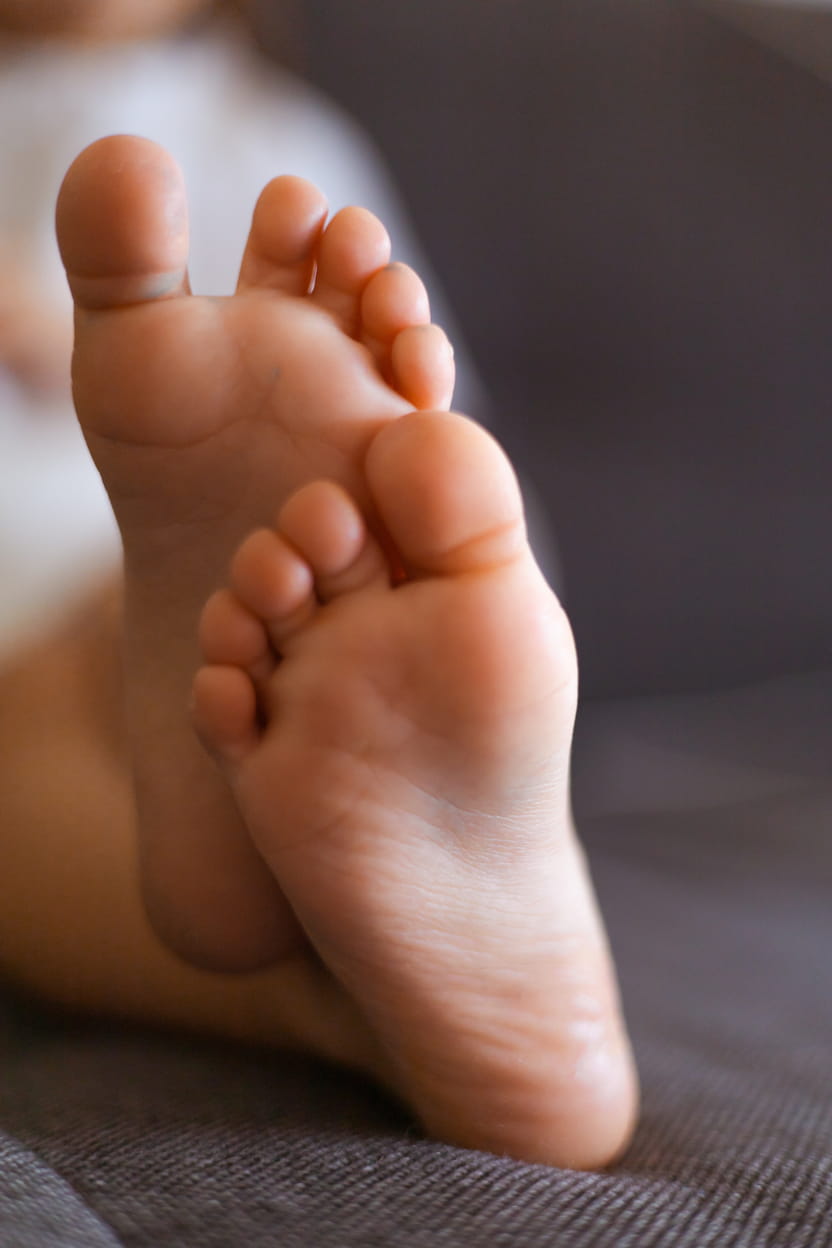
Study shows increase of flat foot in children that wear shoes than those who don’t.
The research paper titled “The influence of footwear on the prevalence of flat foot. A survey of 2300 children” published in The Journal of Bone & Joint Surgery British Volume. The study aimed to establish the influence of footwear on the prevalence of flat foot in children.
The study analyzed static footprints of 2300 children between the ages of four and 13 years. The incidence of flat foot among children who used footwear was 8.6% compared with 2.8% in those who did not (p less than 0.001). This suggests that there is a significant difference in the prevalence of flat foot between children who wore shoes and those who did not.
In conclusion, the study published in The Journal of Bone & Joint Surgery British Volume provides valuable insights into the relationship between footwear and flat foot in children. The study found that children wearing shoes may have a detrimental effect on flat foot, with a higher prevalence of flat foot among children who wore shoes than those who did not. “Flat foot was most common in children who wore closed-toe shoes, less common in those who wore sandals or slippers, and least in the unshod. Our findings suggest that shoe-wearing in early childhood is detrimental to the development of a normal longitudinal arch.”
Its important to note that the study only included children between the ages of four and 13 years, an age of early development.
Rao U, Joseph B. The influence of footwear on the prevalence of flat foot. A survey of 2300 children. J Bone Joint Surg Br. 1992;74-B(4):525-527. doi:10.1302/0301-620X.74B4.1624509









